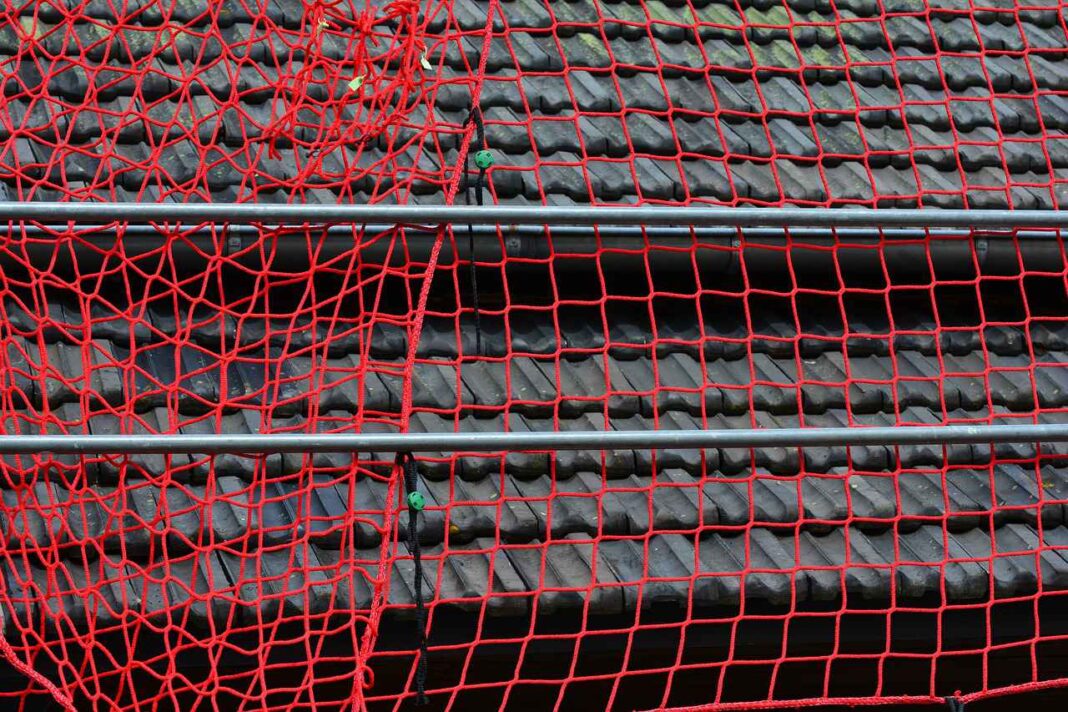The Ideal Amount of Home Insurance to Protect Your Property
I make it a point to review my home insurance policy annually to ensure I have adequate coverage. It’s essential because home insurance terms and rates can change frequently. For instance, there might be new discounts available, or your insurance company might change its offerings. Moreover, with ever-rising building costs due to inflation, staying updated is critical.
One of the biggest risks is finding out too late that your insurance covers less than the actual replacement cost of your home. For example, if your home value appreciates by just 2% annually and you don’t update your policy for 16 years, you might end up with a policy that covers only half of the rebuild cost!
Here’s a personal anecdote from one of my rental properties. About three years ago, the master bathroom floor started leaking, causing significant damage. I had delayed remodeling this 30-year-old bathroom, thinking I’d handle it when my tenant moved out. Unfortunately, the disaster struck just two months before their lease ended. Despite having the financial means to fix the damages—which cost about $8,000 using mid-range materials from Home Depot—I realized too late that proper insurance could have covered the renovations with just a $1,000 deductible.
Determining the Right Amount of Home Insurance
When deciding how much home insurance to buy, consider these factors:
1. Monthly Cash Flow: The more coverage you opt for, the higher your premium. I recommend not spending more than 2% of your total monthly housing cost on insurance. For instance, if it costs $2,000 a month to maintain your home, aim to spend around $40 a month on insurance.
2. Market Value: Your coverage should closely match your home’s market value, with a small buffer for safety. Use tools like Zillow to compare your home’s value with similar properties in the area.
3. Building vs. Land Value: Ensure your insurance focuses on the building cost, not the total property value. For example, if a similar home sells for $500,000 and the rebuilding cost is estimated at $300,000 for the structure, then your coverage should be based on this rebuild cost, not the land value.
4. Deductibles: Insurance plans offer various deductibles. If your home contains high-value features like expensive flooring or custom fixtures, consider a lower deductible to minimize out-of-pocket expenses in a claim.
5. Disaster Insurance: Especially relevant for homes in hazard zones (e.g., areas prone to earthquakes or floods), additional disaster insurance can be crucial.
6. Flexibility in Changing Deductibles: If you find your premiums too high, consider increasing your deductible to lower monthly costs. Reputable insurers will accommodate this change without hassle.
7. Condo Associations: If you own a condo, understand what the association’s policy covers. Typically, you’ll need coverage that protects the interior of your unit, as the association’s insurance will likely cover external and structural damages.
8. Loss of Rent and Tenant Liability: For landlords, ensure your policy includes coverage for lost rent and tenant-caused damages. This protection is vital for maintaining your income flow during repairs and ensuring coverage for tenant-related incidents.
Shopping for Home Insurance
Leverage the internet to compare home insurance offers easily. Always aim for a balance between cost and comprehensive coverage. Remember, while it might be tempting to lower coverage to save on premiums, ensuring you have enough coverage to sleep peacefully at night is priceless.
Whether you opt to cover 70% of your rebuild cost and self-insure the rest, or go for coverage exceeding 110% to feel secure, choose a policy that aligns with your financial strategy and comfort level. Always verify that you’re neither overinsured nor underinsured, especially since property is a substantial, illiquid investment that can’t be quickly liquidated in an emergency.









































